Investing in a fixer-upper to flip for profit is an attractive strategy for many property investors. The key to success in such ventures lies in accurate fix and flip valuation. By estimating the after-repair value (ARV) of a property, investors can calculate the optimal purchase price to ensure a profitable return on investment. This article explores the crucial aspects of fixer-upper valuation and offers insights into making informed decisions when considering properties for renovation and resale.
Understanding Fixer-Upper Valuation
Fixer-upper valuation is the process of assessing a property’s current market value, considering the cost of necessary renovations, and estimating its potential market value post-renovation. This valuation is critical for investors looking to engage in the fix and flip market, as it helps determine the feasibility and profitability of a project.
1. Estimating After-Repair Value (ARV)
The ARV of a property is a projection of its market value after all renovation work has been completed. Accurately estimating ARV requires a thorough understanding of the property market, including current trends, buyer preferences, and the value added by specific types of renovations.
- Conduct market research: Analyse recent sales of comparable properties in the area to get a baseline for post-renovation values.
- Understand buyer preferences: Tailor your renovations to meet the demands and preferences of the target market to maximise the property’s appeal.
2. Calculating Renovation Costs
A detailed and realistic budget for renovation costs is crucial for fix and flip valuation. Underestimating these costs can erode profits, while overestimating can deter you from pursuing potentially profitable projects.
- Get multiple quotes: Obtain quotes from several contractors to ensure competitive pricing for renovation work.
- Factor in unexpected expenses: Always include a contingency budget for unforeseen costs, typically 10-20% of the total renovation budget.
- Consider time costs: Account for the holding costs during renovation, such as mortgage payments, utilities, and property taxes.
3. Determining the Optimal Purchase Price
With the ARV and renovation costs estimated, investors can calculate the maximum purchase price to offer for a fixer-upper. This calculation often follows the 70% rule in fix and flip investments, which suggests that investors should not pay more than 70% of the ARV minus renovation costs.
- Example calculation: If the ARV is estimated at $300,000 and renovation costs are $50,000, the maximum purchase price should be no more than $160,000 ($300,000 * 70% – $50,000) .
Key Considerations in Fixer-Upper Investments
Investing in fixer-uppers for flipping requires a careful balance between the cost of acquisition, renovation expenses, and the potential selling price. Here are additional factors to consider:
- Location: The value of real estate is heavily influenced by its location. Properties in desirable areas are likely to fetch higher ARVs.
- Market conditions: Keep an eye on market trends to predict future property values accurately.
- Renovation scope: Be realistic about the scale of renovations required and your ability to manage the project within budget and timeline constraints.
Valuing a fixer-upper for its flipping potential is a nuanced process that demands a deep understanding of the property market, renovation costs, and buyer preferences. By meticulously estimating the ARV and carefully planning the renovation budget, investors can navigate the fix and flip market with confidence, maximising their chances of a successful and profitable investment.



